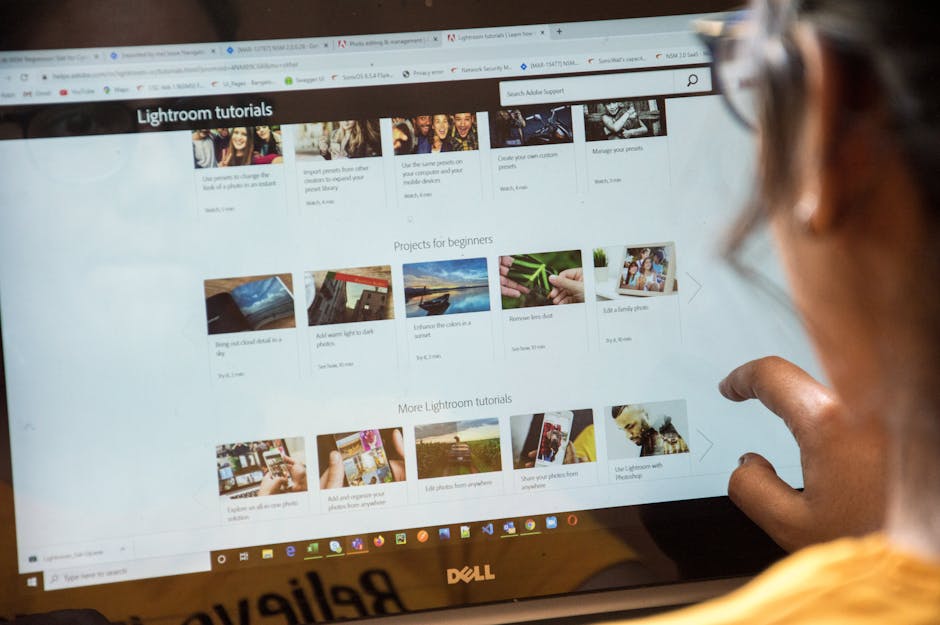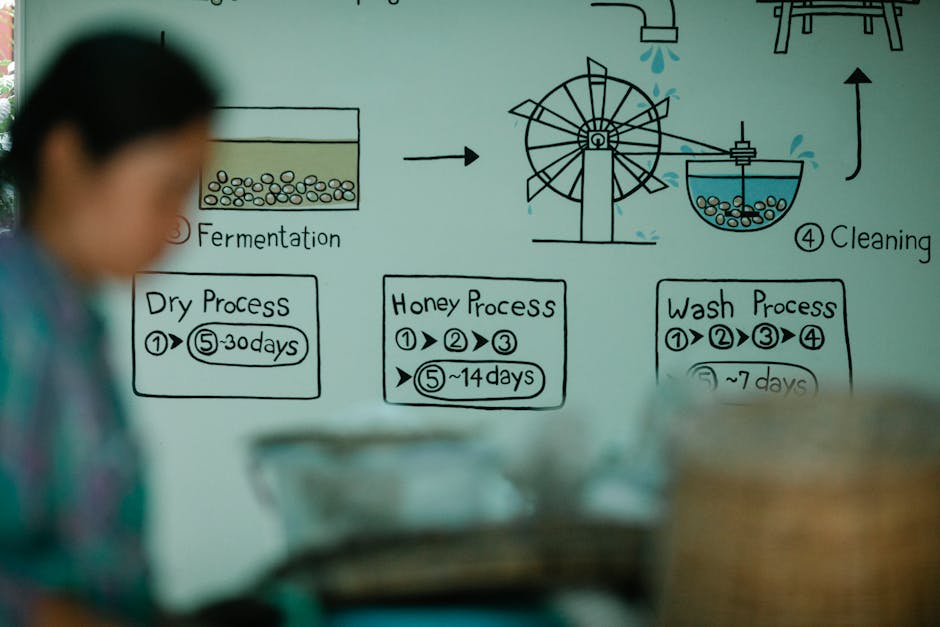Python for Beginners: Your Launchpad to Coding Success
Embarking on a coding journey can feel daunting, but Python offers an incredibly accessible and rewarding starting point. Our comprehensive “Python for Beginners” course is designed to guide you through the fundamentals of Python programming, equipping you with the skills to build your own applications and solve real-world problems. Whether you’re completely new to coding or have some experience with other languages, this course will provide you with a solid foundation in Python and ignite your passion for programming. Let’s dive into the exciting world of Python and unlock your potential!
Background: Why Python is Perfect for Beginners

Python’s rise to prominence as one of the most popular programming languages is no accident. Its clear syntax, extensive libraries, and vast community support make it an ideal choice for beginners. Understanding the origins and key features of Python helps appreciate its beginner-friendliness.
Python’s Design Philosophy: Readability and Simplicity
Unlike some programming languages with complex syntax, Python emphasizes readability. Its design philosophy prioritizes code that is easy to understand and maintain. This “executable pseudocode” approach lowers the barrier to entry for new programmers. The use of indentation, rather than curly braces, to define code blocks is a prime example of this commitment to clarity. Guido van Rossum, Python’s creator, aimed to create a language that was both powerful and intuitive, a goal he largely achieved.
The Power of Open Source and Community
Python is an open-source language, meaning its source code is freely available and can be modified and distributed. This fosters a collaborative environment where developers from all over the world contribute to the language’s development and create a wealth of resources for learners. The vast and active Python community provides ample support through forums, tutorials, and libraries. This robust ecosystem significantly simplifies the learning process and ensures that help is always available when you need it.
Importance: Why Learn Python in Today’s World?

Python’s versatility extends across numerous industries and applications. Learning Python is not just about acquiring a new skill; it’s about opening doors to a wide range of career opportunities and empowering yourself to create innovative solutions.
Python’s Dominance in Data Science and Machine Learning
Python has become the undisputed king of data science and machine learning. Its powerful libraries, such as NumPy, Pandas, Scikit-learn, and TensorFlow, provide the tools necessary for data analysis, manipulation, and model building. From predictive analytics to image recognition, Python is the go-to language for professionals in these fields. As data becomes increasingly central to decision-making, proficiency in Python is a highly sought-after skill.
Web Development and Scripting Capabilities
Python is also a popular choice for web development, thanks to frameworks like Django and Flask. These frameworks simplify the process of building robust and scalable web applications. Furthermore, Python’s scripting capabilities make it an excellent tool for automating tasks, managing systems, and creating utilities. System administrators, DevOps engineers, and automation specialists rely heavily on Python to streamline their workflows.
A Gateway to Diverse Career Paths
Learning Python can lead to a variety of exciting career paths, including:
- Data Scientist
- Machine Learning Engineer
- Web Developer
- Software Engineer
- DevOps Engineer
- Automation Tester
The demand for Python developers is consistently high, making it a valuable investment in your future.
Benefits: What You’ll Gain from Learning Python

The benefits of learning Python extend far beyond simply acquiring a new technical skill. Python empowers you to think critically, solve problems creatively, and contribute to innovative projects. Let’s explore some of the key advantages of mastering Python.
Enhanced Problem-Solving Skills
Programming, at its core, is about problem-solving. Python’s clear syntax and logical structure encourage you to break down complex problems into smaller, manageable steps. As you learn to write Python code, you’ll develop valuable analytical and problem-solving skills that can be applied to various aspects of your life.
Increased Efficiency and Automation
Python’s scripting capabilities enable you to automate repetitive tasks, saving you time and effort. Whether it’s automating data entry, generating reports, or managing system configurations, Python can streamline your workflows and boost your productivity. Learning to automate tasks with Python frees you up to focus on more strategic and creative endeavors.
A Stepping Stone to Other Languages
The fundamental programming concepts you learn in Python, such as variables, loops, and functions, are transferable to other programming languages. Python provides a solid foundation for learning more complex languages like Java, C++, and C#. Mastering Python makes it easier to pick up new languages and expand your programming toolkit.
Steps/How-to: A Structured Approach to Learning Python

Learning Python effectively requires a structured approach. Our “Python for Beginners” course is designed to guide you through the essential concepts in a logical and progressive manner. Here’s a breakdown of the key steps you’ll take:
Step 1: Setting Up Your Development Environment
Before you can start writing Python code, you need to set up your development environment. This involves installing Python on your computer and choosing a code editor or Integrated Development Environment (IDE).
- Download Python: Visit the official Python website (python.org) and download the latest version of Python for your operating system.
- Install Python: Run the downloaded installer and follow the instructions. Make sure to check the box that says “Add Python to PATH” during the installation process.
- Choose a Code Editor or IDE: Select a code editor or IDE that suits your preferences. Popular options include VS Code, Sublime Text, PyCharm, and Atom.
Step 2: Mastering the Fundamentals
Once your environment is set up, it’s time to dive into the fundamentals of Python programming. This includes:
- Variables and Data Types: Learn about different data types, such as integers, floats, strings, and booleans, and how to store them in variables.
- Operators: Understand how to use operators to perform arithmetic, comparison, and logical operations.
- Control Flow: Master control flow statements like if-else conditions and loops (for and while) to control the execution of your code.
- Functions: Learn how to define and call functions to organize your code and reuse it effectively.
- Data Structures: Explore common data structures like lists, tuples, dictionaries, and sets, and how to use them to store and manipulate data.
Step 3: Working with Modules and Libraries
Python’s extensive collection of modules and libraries is one of its greatest strengths. Learn how to import and use modules to extend Python’s functionality.
- Importing Modules: Understand how to import modules using the `import` statement.
- Exploring Standard Library Modules: Familiarize yourself with useful modules in the Python standard library, such as `math`, `datetime`, and `os`.
- Installing Third-Party Libraries: Learn how to install third-party libraries using pip, the Python package installer.
Step 4: Building Practical Projects
The best way to solidify your Python skills is to build practical projects. Choose projects that align with your interests and challenge you to apply what you’ve learned. Here are some project ideas for beginners:
- Simple Calculator: Create a command-line calculator that can perform basic arithmetic operations.
- Guessing Game: Develop a number guessing game where the user has to guess a randomly generated number.
- To-Do List App: Build a simple to-do list application that allows users to add, remove, and mark tasks as complete.
- Web Scraper: Write a script to extract data from a website using libraries like Beautiful Soup and Requests.
Step 5: Continuous Learning and Practice
Programming is a continuous learning process. Stay updated with the latest developments in Python and keep practicing your skills.
- Read Python Documentation: Refer to the official Python documentation for detailed information about the language and its libraries.
- Follow Python Blogs and Tutorials: Stay informed about new features, best practices, and advanced techniques by following Python blogs and tutorials.
- Contribute to Open Source Projects: Contribute to open-source projects to gain experience working in a collaborative environment and improve your coding skills.
Examples: Real-World Python Applications

To illustrate the versatility of Python, let’s examine some real-world examples of how it’s used in different industries.
Netflix: Data Analysis and Recommendation Systems
Netflix relies heavily on Python for data analysis and building its recommendation systems. Python is used to analyze user viewing patterns, predict preferences, and suggest movies and TV shows that users are likely to enjoy. Libraries like Pandas and Scikit-learn are instrumental in this process.
Google: Search Engine and Infrastructure
Python plays a significant role in Google’s infrastructure and various projects, including the Google Search engine. Python is used for tasks such as crawling the web, indexing websites, and serving search results. Guido van Rossum, the creator of Python, worked at Google for several years.
Instagram: Web Development and Backend
Instagram’s backend is primarily built using Python and the Django web framework. Python is used to handle user authentication, manage data, and serve content. Instagram’s scalability and performance are a testament to Python’s capabilities.
Strategies: Effective Learning Techniques

To maximize your learning experience, consider these effective learning strategies:
Active Recall and Spaced Repetition
Active recall involves testing yourself on what you’ve learned, rather than passively rereading the material. Spaced repetition involves reviewing material at increasing intervals to reinforce your memory. These techniques can significantly improve your retention of Python concepts.
Pair Programming and Code Reviews
Pair programming involves working with another programmer on the same code. Code reviews involve having another programmer review your code to identify errors and suggest improvements. These practices can help you learn from others and improve the quality of your code.
Online Communities and Forums
Engage with online communities and forums to ask questions, share your knowledge, and connect with other Python learners. Platforms like Stack Overflow, Reddit (r/learnpython), and Python Discord servers provide valuable resources and support.
Challenges & Solutions: Overcoming Common Hurdles
Learning Python, like any new skill, can present challenges. Here’s how to overcome some common hurdles:
Challenge: Syntax Errors
Solution: Pay close attention to indentation, spacing, and punctuation. Use a code editor or IDE with syntax highlighting to catch errors early. Read error messages carefully to understand the cause of the problem.
Challenge: Understanding Complex Concepts
Solution: Break down complex concepts into smaller, more manageable parts. Use diagrams, visualizations, and examples to illustrate the concepts. Don’t be afraid to ask for help from online communities or mentors.
Challenge: Staying Motivated
Solution: Set realistic goals and celebrate your accomplishments. Choose projects that you find interesting and engaging. Connect with other Python learners to stay motivated and accountable.
FAQ: Frequently Asked Questions
Here are some frequently asked questions about learning Python for beginners:
Q: Do I need prior programming experience to learn Python?
A: No, Python is designed to be beginner-friendly and requires no prior programming experience.
Q: How long will it take to learn Python?
A: The time it takes to learn Python depends on your learning pace and dedication. With consistent effort, you can grasp the fundamentals in a few weeks and build basic applications within a few months.
Q: What are the best resources for learning Python?
A: There are many excellent resources available, including online courses, tutorials, books, and documentation. Some popular platforms include Codecademy, Coursera, and Udemy.
Q: What kind of projects can I build with Python as a beginner?
A: As a beginner, you can build simple projects like calculators, guessing games, to-do list apps, and basic web scrapers.
Q: How can I find a job as a Python developer?
A: Build a portfolio of projects to showcase your skills. Network with other developers and attend industry events. Apply for internships and entry-level positions.
Conclusion: Start Your Python Journey Today!
Learning Python is a valuable investment in your future, opening doors to exciting career opportunities and empowering you to create innovative solutions. Our “Python for Beginners” course provides a structured and supportive learning environment to guide you through the fundamentals of Python programming. Don’t wait any longer – enroll in our course today and unlock your coding potential!

